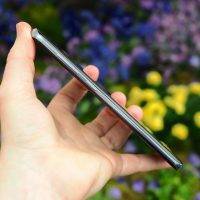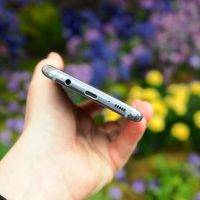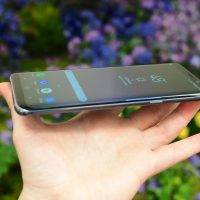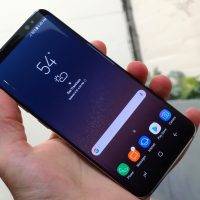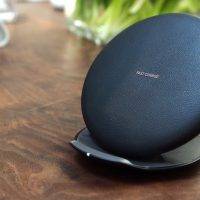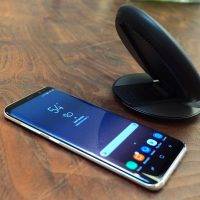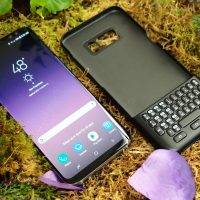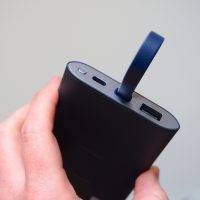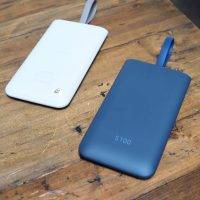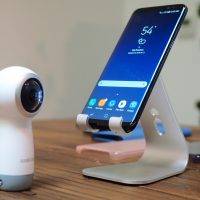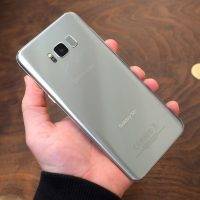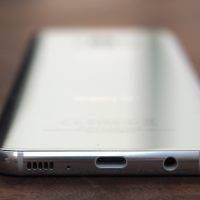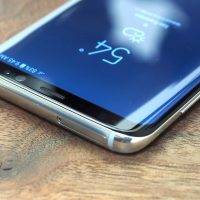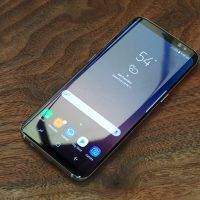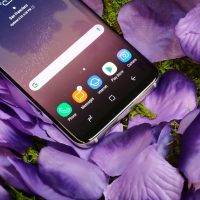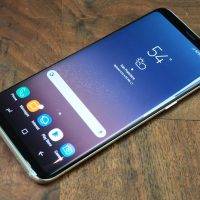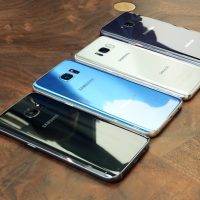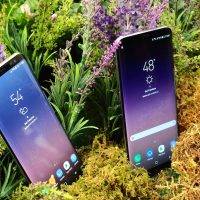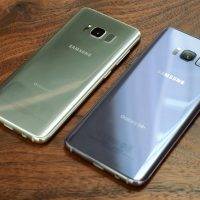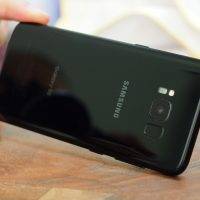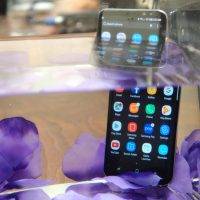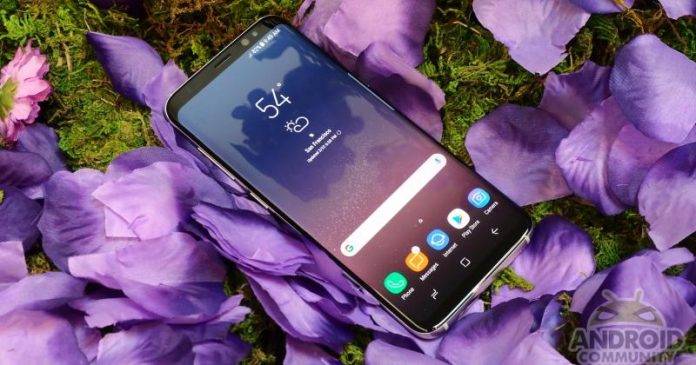
By the end of 2015, Samsung was in a bit of a conundrum. Its financials weren’t exactly reassuring, with quarter after quarter of lower than expected figures. 2016 started out in a more hopeful tone, and, for a time, it seemed that Samsung was no longer in the red. Then came the catastrophic failure of the Galaxy Note 7, followed shortly by political and organizational woes back home. Given this backdrop, it’s no wonder why the Galaxy S8 has garnered much attention and interest, perhaps more than its predecessors. It’s no secret that there is a lot hinging on the Galaxy S8’s success, and, from our brief hands-on with the smartphone, Samsung might soon be able to breathe a sigh of relief.
Specs and Design
Much of the Galaxy S8’s and Galaxy S8+’s hardware have been leaked to death before and, for better or for worse, there are no hidden surprises there. On the one hand, that does mean that you have the best of the best specs this half of the year. Well, sort of. There’s the Qualcomm Snapdragon 835 or Exynos 8895, depending on the market, both top of the line 10 nm FinFET processors. You have an “Infinity Display” screen, which is slightly over the usual WQHD resolution, covering nearly the entire face of smartphones. And, for the first time, storage starts, and amusingly ends, at 64 GB. The one not so top of the line is the RAM, which still stands at 4 GB. Rumor has it, however, that some markets will unfairly get a 6 GB model.
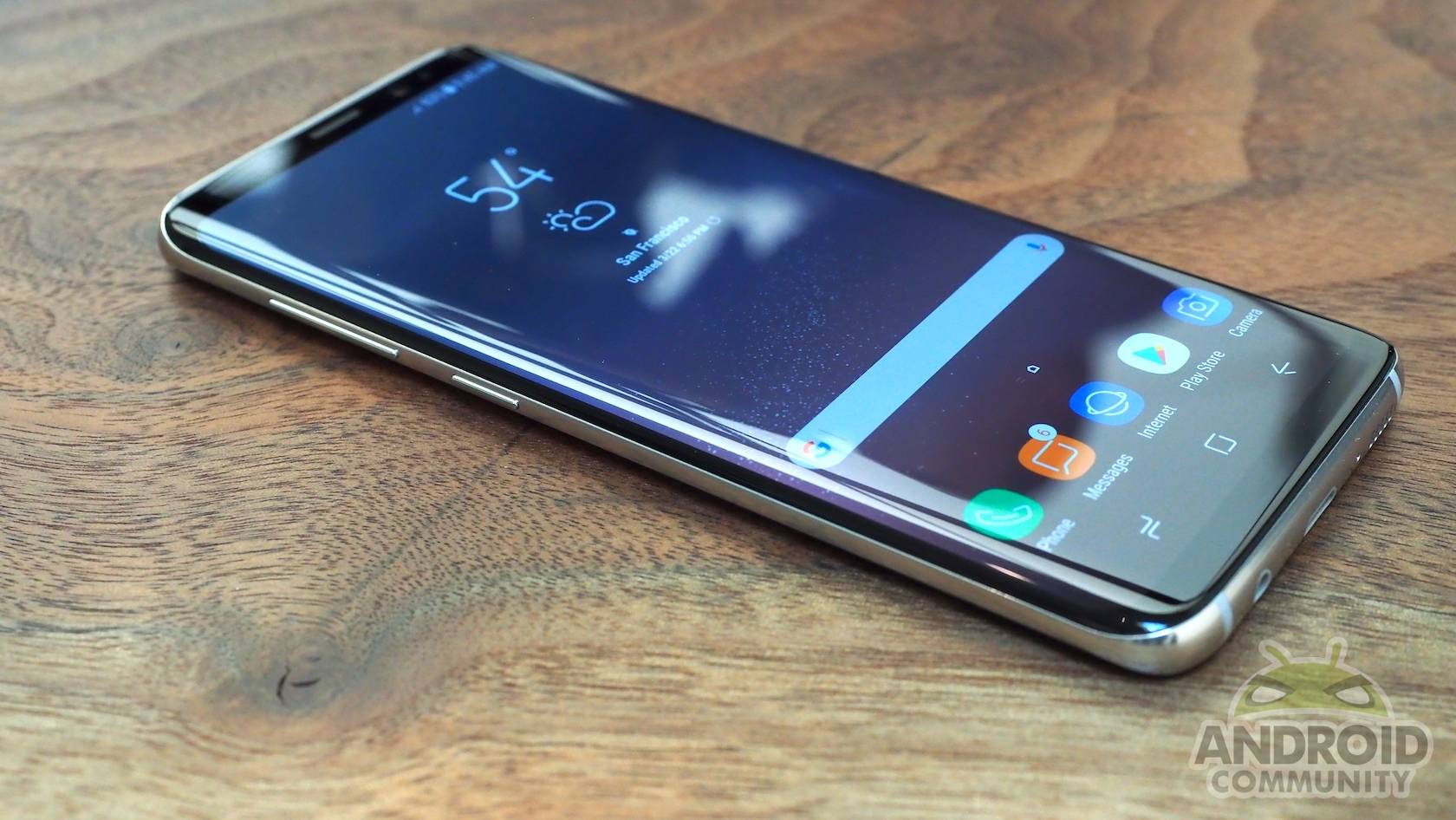
There are no “edge” variants this time around. Both the Galaxy S8 and S8+ have screens that curve at the side edges. That curve is mirrored on the back as well, making the phone look a lot thinner than it really is. That back, still nonremovable, sports a glass on metal design just like before. The only difference is that the finish is now more mirror-like rather than the brushed metal of Galaxy S7 and earlier. The face of the Galaxy S8 is bereft of distinguishable features, unless you take a closer look at the riches of sensors at the top, including the now 8 megapixel front camera. Unsurprisingly, Samsung is taking the opportunity to re-introduce iris recognition to mainstream but it is also adding something new, at least for Android smartphones. Facial recognition ala Windows Hello is now joining the club, though its full potential has yet to be explored.
In contrast to the front, the back of the Galaxy S8 seems rather busy. From left to right you have the LED flash with heart rate sensor, the main camera, and the fingerprint sensor. That last part is probably going to be the most debated part of the design, so new and so awkward for a Samsung phone. Unlike its peers and rivals, Samsung has not gone down the dual camera display, believing that, at least for now, a single 12 megapixel, f/1.7 camera with Dual Pixel AF will be enough to compete. While that might be disappointing for some, Samsung has indeed proven its case, but it probably won’t be too long before it changes its mind.

• Operating System: Android 7.0
• CPU: Qualcomm Snapdragon 835 (2.35GHz Quad + 1.9GHz Quad) or Samsung Exynos 8895 (2.3GHz Quad + 1.7GHz Quad)
• RAM: 4 GB LPDDR4
• Storage: 64 GB UFS 2.1, expandable up to 256 GB
• Display: 5.8 inches (Galaxy S8)/6.2 inches (Galaxy S8+), 2960×1440 Super AMOLED
• Main Camera: 12 MP, f/1.7, Dual Pixel AF, OIS
• Secondary Camera: 8 MP, f/1.7
• Connectivity: Wi-Fi 802.11 a/b/g/n/ac (2.4/5 GHz), MU-MIMO, Bluetooth 5.0, NFC, USB-C
• Battery: 3,000 mAh (Galaxy S8)/3,500 mAh (Galaxy S8+)
• Dimensions: 148.9 x 68.1 x 8.0 mm (Galaxy S8)/159.5 x 73.4 x 8.1 mm (Galaxy S8+)
• Weight: 155 g (Galaxy S8)/173 g (Galaxy S8+)
Display
The “Infinity Display” is going to be one of the most talked about feature of the Galaxy S8, both because it is the most immediately visible and because of the LG G6. This new marketing buzzword refers to the 2960×1440 screen stretched over 5.8 inches on the Galaxy S8 and 6.2 inches on the Galaxy S8+. That stretch reaches all the way to the sides and almost to the top and bottom. Of course, there are still bezels, but you might easily forget them because their black shade blends almost seamlessly into the Super AMOLED display.
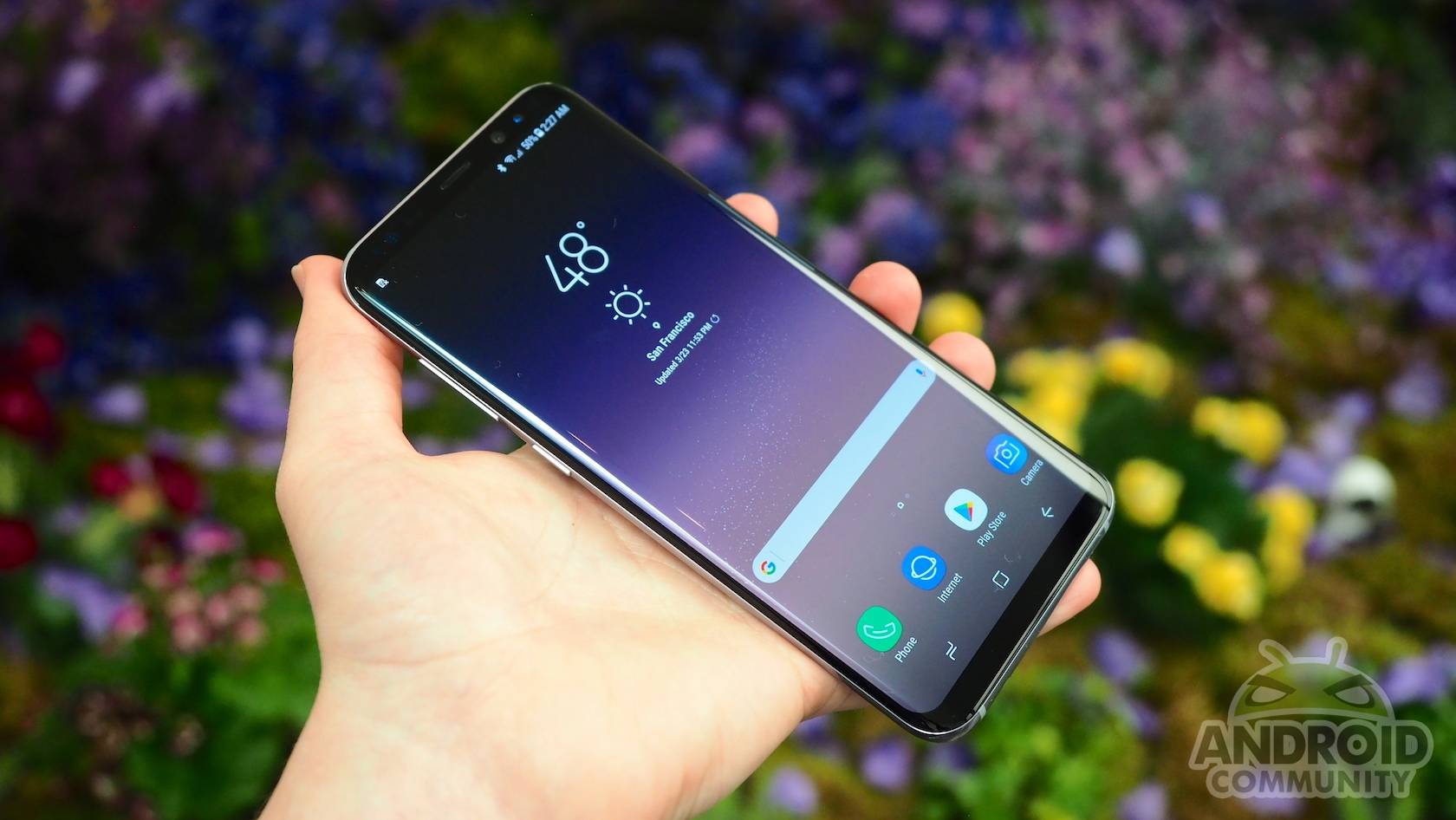
The Galaxy S8 boasts more pixels than the LG G6’s 2880×1440 and, thanks to AMOLED technology, delivers sharper blacks and truer colors. For good measure, it’s also UHDA Mobile HRD Premium certified, though you might not be able to tell the difference immediately unless you have some other screen at hand to compare it with. Suffice it to say, Samsung has raised the bar higher for smartphone screens and the LG G6 might now have a harder time competing.

In the end, however, it will boil down to the question of usability. Both the LG G6 and now the Samsung Galaxy S8 claim to solve the same problem: delivering a bigger screen without having to make the phone bigger. In practical terms, that means removing as much bezels as possible without actually sacrificing the usability of the phone, and this is where the two approaches differ subtly. Part of Samsung’s solution is to drive the screen all the way to the edges. LG, on the other hand, insists that this actually makes the phone harder to use for prolonged periods. For now, it does feel like the Galaxy S8 offers a more pleasurable holding experience, but whether that holds true in the long run is something that has to wait for our more in-depth test.
Bixby
While its Infinity Display will be its most striking feature because of its visibility, the Galaxy S8 has a lot more to offer. In fact, that display might take second place to Samsung’s more ambitious new endeavor. It is has already pre-announced the existence of its own flavor of personal assistant, but you’d be grossly mistaken if you presumed Bixby would be yet another Siri, Alexa, Cortana, or Google Assistant. Sure, it can do what those others can, like divine the Internet for answers, but it can do so much more. Bixby, at least on paper, can control not just your phone but even your apps using nothing but your voice.

Existing personal assistants are already capable of controlling some, but not all, features of a phone, like toggling Wi-Fi, sending a message, or setting an alarm. They can’t, however, be used to rotate a photo, much less perform a series of tasks for a single purpose, like searching for a file and then sending it to a contact. That’s what Bixby is advertised to do, hands-free smartphone control at its finest. If you need to resize, rotate, and crop a photo in your Gallery app, all you need is give Bixby your verbal commands. If you need to send your partner the last, non-incriminating photo you’ve taken, you can tell Bixby as well, and it will chain tasks together. And if, in case, it wasn’t clear on your intentions, it won’t simply just fail. It will actually ask you for clarification.
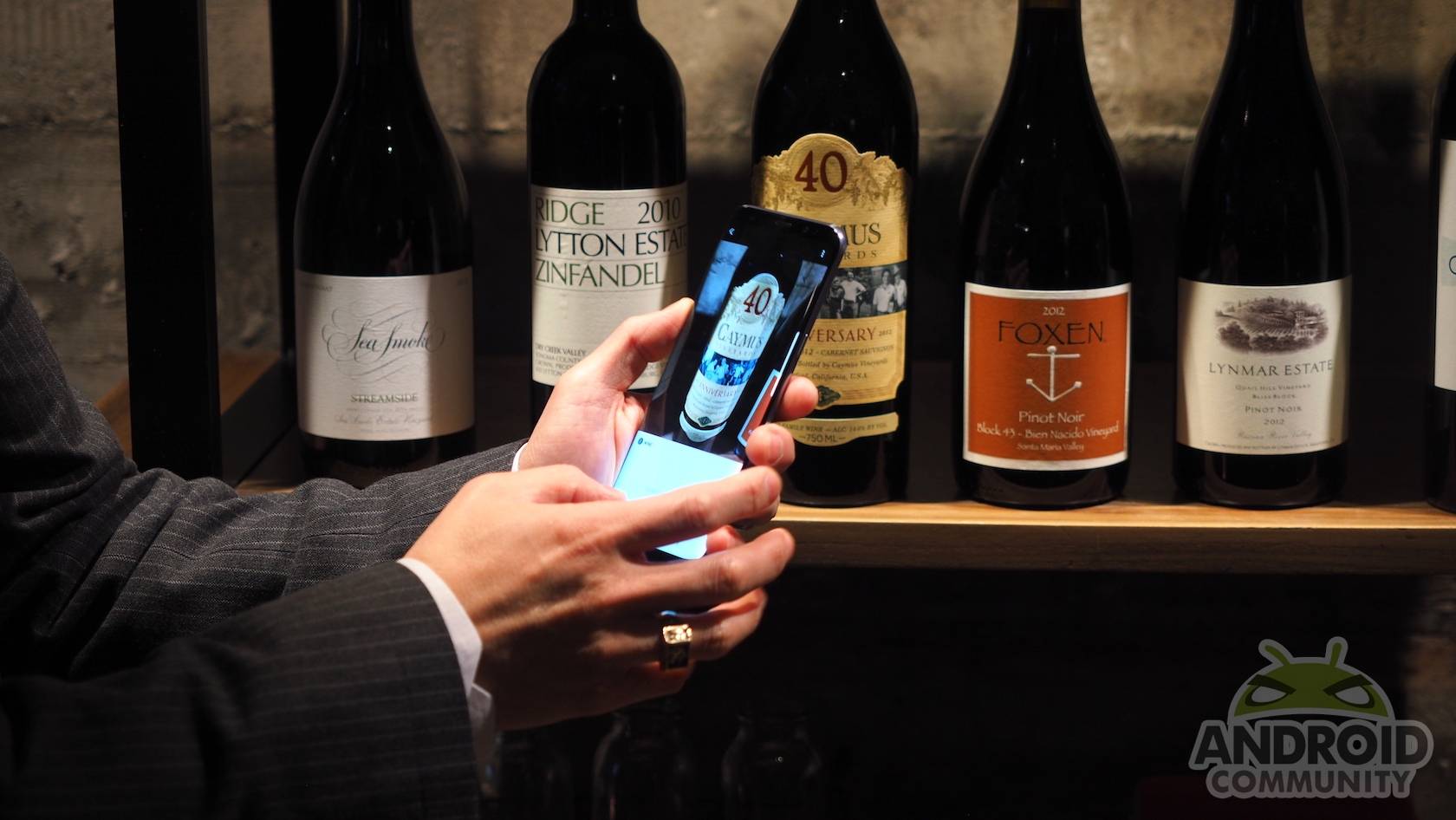
Unlike Siri or even Cortana, Bixby is actually central to the whole Galaxy S8 spiel. You can tell that by the fact that it has a dedicated button to activate it. This will be extremely useful to take advantage of its ability to identify objects and landmarks using the phones camera. But why limit Bixby to only reacting to your commands? Samsung also includes a “Home card” that, like Google Now, surfaces relevant and timely information depending on the time, location, and other pieces of contextual information.
Bixby, however, is still at its infancy and the version you will be seeing on the Galaxy S8 will be a work in progress. It has still to integrate the technologies acquired from Viv Labs, for one. And its actual performance outside in the real world has yet to be tested, not to mention the reception of consumers. It isn’t Samsung’s first rodeo with voice-enabled controls, but hopefully Bixby will fare better than S Voice.
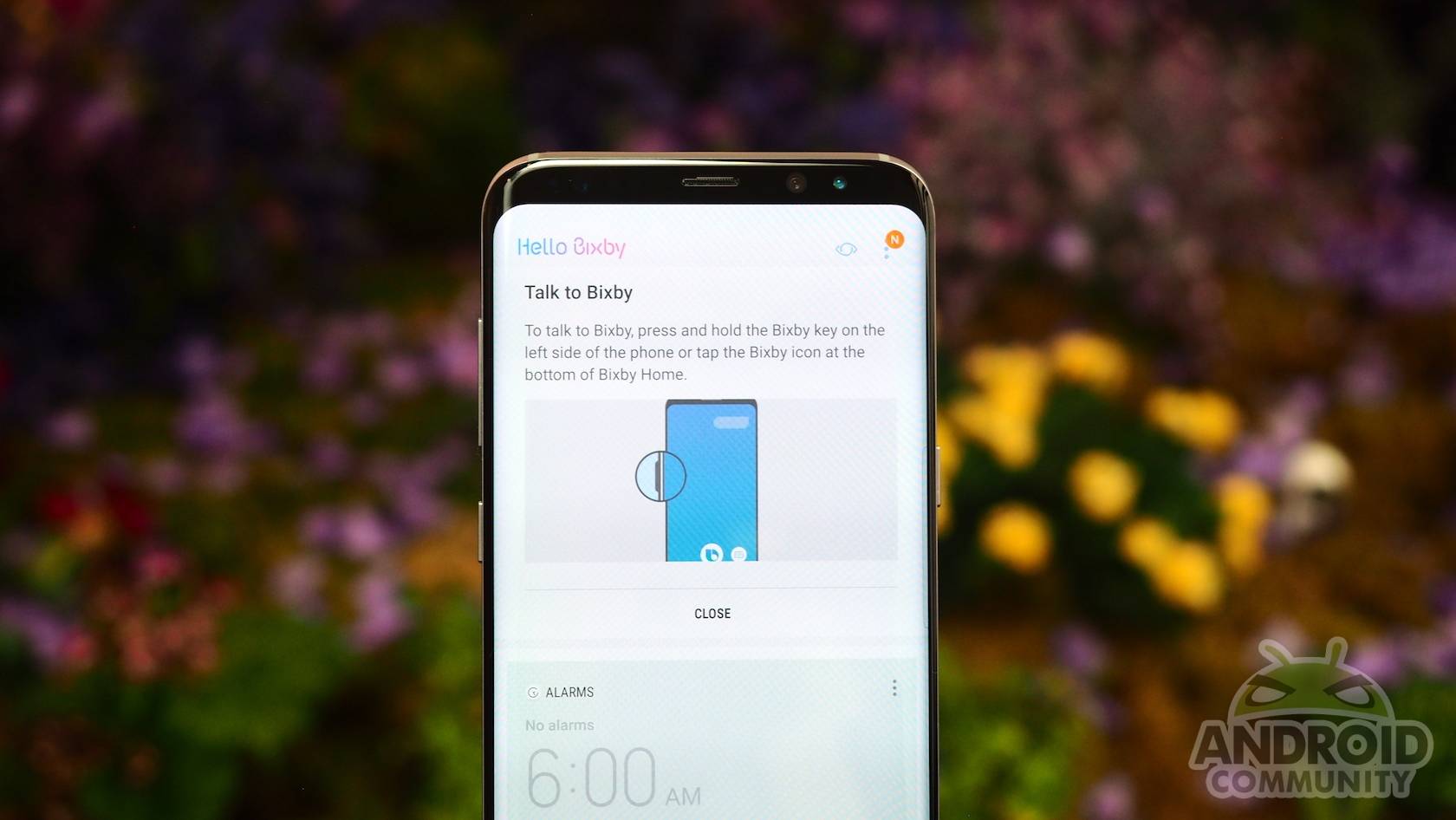
DeX
Bixby isn’t going to be the only star of the Galaxy S8 show. Power users might, in fact, be more interested in DeX. No, it isn’t another personal assistant. Short for “Desktop eXperience”, DeX tries to fulfill what Microsoft and Ubuntu have promised before: a smartphone that becomes your desktop.
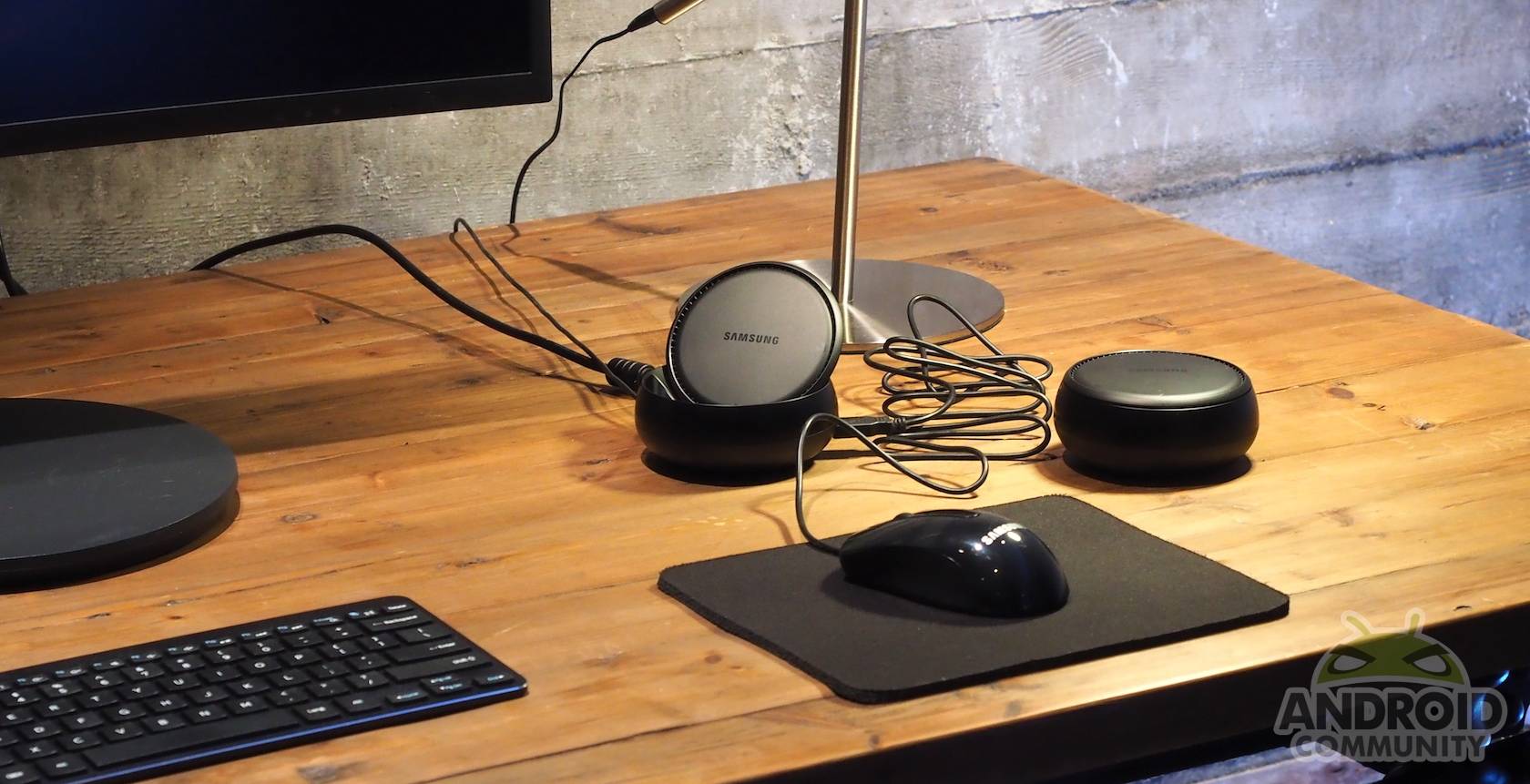
Pretty much like Windows 10 Continuum and Ubuntu Convergence, the idea is that the very same smartphone you put in your pocket becomes a desktop computer when connected to an external display, keyboard, and mouse. In this case, that connection happens through a specialized DeX dock that has a rather odd design, not to mention a cooling fan. Unlike those two aforementioned technologies, however, there is no separation between mobile apps and desktop apps. Actually, there are no desktop apps at all. It’s all Android.
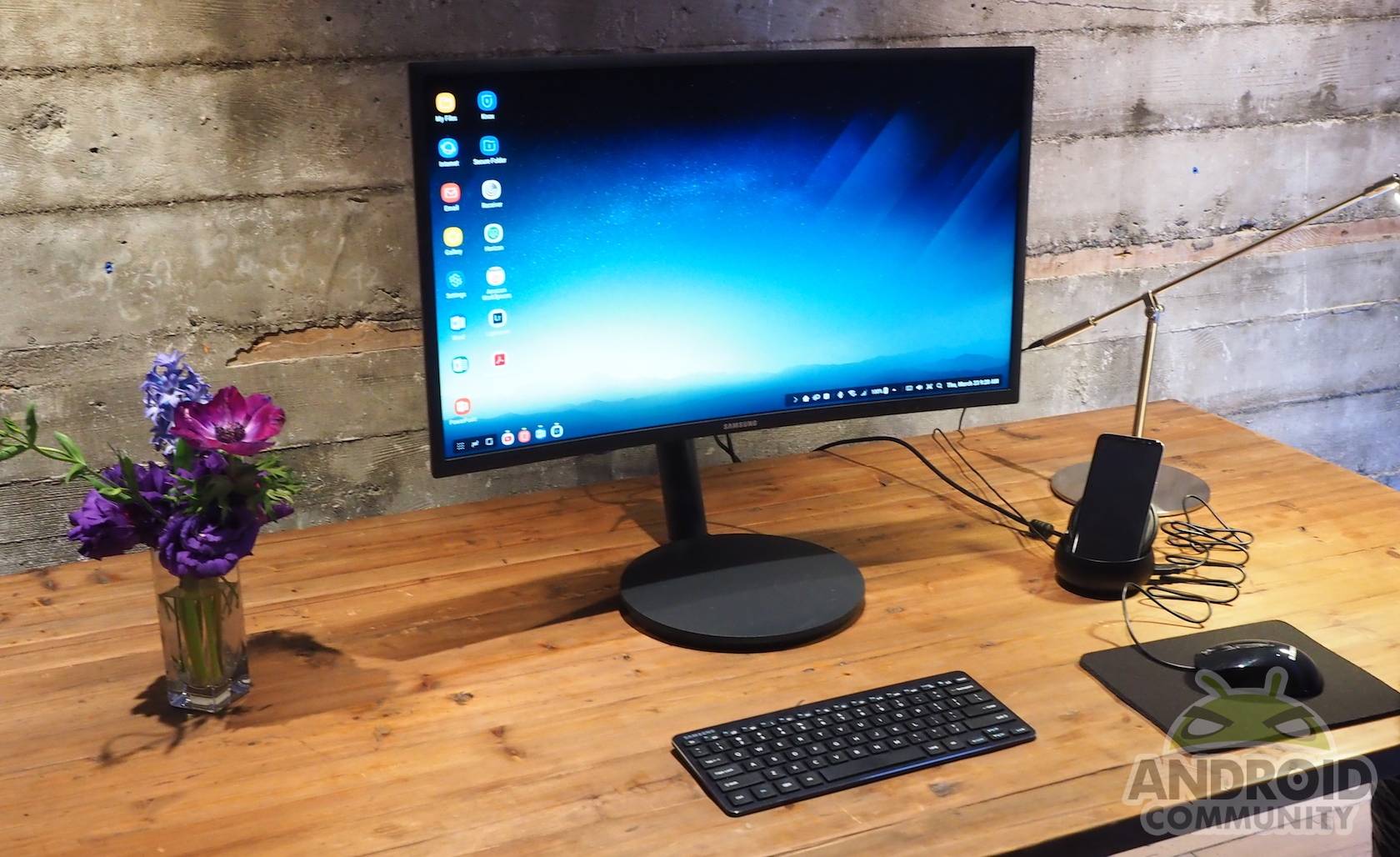
The user interface displayed on the external screen closely resembles a desktop OS, complete with a bottom panel and even desktop icons. DeX uses Samsung’s years of experience in putting Android apps inside floating windows, even before Android itself officially got that feature. Some apps, however, are “optimized” to run full screen to take advantage of the real estate. Those include Microsoft Office app and Adobe creative apps, at least for now.
While the Galaxy S8 is more than capable of driving this new user experience given its hardware, the biggest question will be whether it actually sells. DeX is just the latest in a long line of attempts to have one device that rules them all, but, for one reason or another, none of have really stuck around that long. Will Samsung succeed where others have failed? It will take a few months before we can actually gauge that.
Samsung Connect
Both Bixby and DeX, though great features in their own right, are actually part of a greater whole, a new vision that Samsung has for the Galaxy S8, one that puts the smartphone at the center of an interconnected ecosystem. Yes, Samsung is making the Galaxy S8 a part, if not the hub, of its vision of the smart home. It’s not actually that hard for Samsung to pull this off, as it already has its hands in the smart home cookie jar. Smart TVs, smart washing machines and refrigerators, SmartThings, and, most recently, Harman. And while there are already existing smart home platforms, like Google’s own Brillo, in typical Samsung fashion it is introducing one more: Samsung Connect.
Samsung Connect is an ecosystem of devices and accessories, like the DeX dock, that all bring the promise of the home of the future and they can all be controlled from the Galaxy S8. Embedded in the notification panel are the controls that give you access to each and every compatible smart device in your abode. Need to see what’s missing in your fridge? How about turning the lights on while you’re out. Even the simple act of dimming the lights are available at your fingertips. Or at your beck and call, if you prefer to use the all-powerful Bixby.
Of course, this all presumes you have such compatible smart home devices in the first place. The full list is still forthcoming but you can probably guess that Samsung-made or Samsung-owned products, like SmartThings, will make the cut. That said, the smart home market is still growing at a rather slow but sure rate and Samsung Connect will hardly be a deciding factor for anyone looking to buy a Galaxy S8.
Availability and Final Words
The Samsung Galaxy S8 faces an uphill battle this year. Not only does it have to prove itself against a growing host of rivals, it has to also prove itself to customers who have been burned, some literally too, by Samsung’s previous flagship. Samsung is very much in need of redemption in the eyes of the market, and the Galaxy S8 seems poised to be its much awaited savior. There is little doubt that its hardware is more than capable of standing tall among the rest and its nearly all-screen display will surely enamor not a few users. What remains to be seen, then, is whether features like Samsung Connect, DeX, and most especially Bixby will offer enough of a compelling experience to make the Galaxy S8 worth every penny.
Samsung has not yet disclosed exact pricing for the Galaxy S8 and the Galaxy S8+, but you can pretty much expect it won’t be cheap. Starting March 30, interested buyers can pre-order the Galaxy S8 or S8+ and get a free new gen Gear VR with Controller as well as a game pack. When the phones start shipping on 21st April, they will include AKG premium earbuds inside the box, a value of $99. In the US, the Galaxy S8 and Galaxy S8+ will be available in Midnight Black and Orchid Grey colors while the rest of the world will also get to enjoy Maple Gold and Coral Blue hues.


